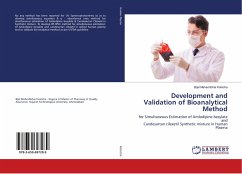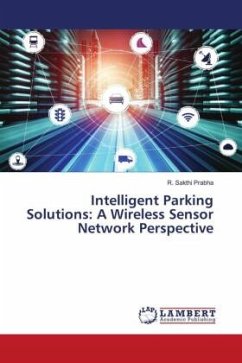The automatic process control has made tremendous advances in last three decades with the advent of computer control of complex processes. However, fault-tolerant control that is a very important task in managing process plants still remains largely a manual activity and a component failure is accommodated for by one or several identical component backups. For sensor failure case, analytical redundancy is often introduced that consists of the use of state estimation schemes capable of replacing a faulty sensor. The estimator is MRAN, the recently developed algorithm for RBF neural networks, has online learning algorithm and can be used for nonlinear time-varying dynamics. This is in comparison with other observers and filters used for low-order LTI systems. The different types of sensor failures that are artificially injected into an exothermic continuous stirred tank reactor (CSTR) with highly nonlinear dynamics are tested and evaluated in the SIMULINK programming environment inthe closed loop condition.
Bitte wählen Sie Ihr Anliegen aus.
Rechnungen
Retourenschein anfordern
Bestellstatus
Storno








